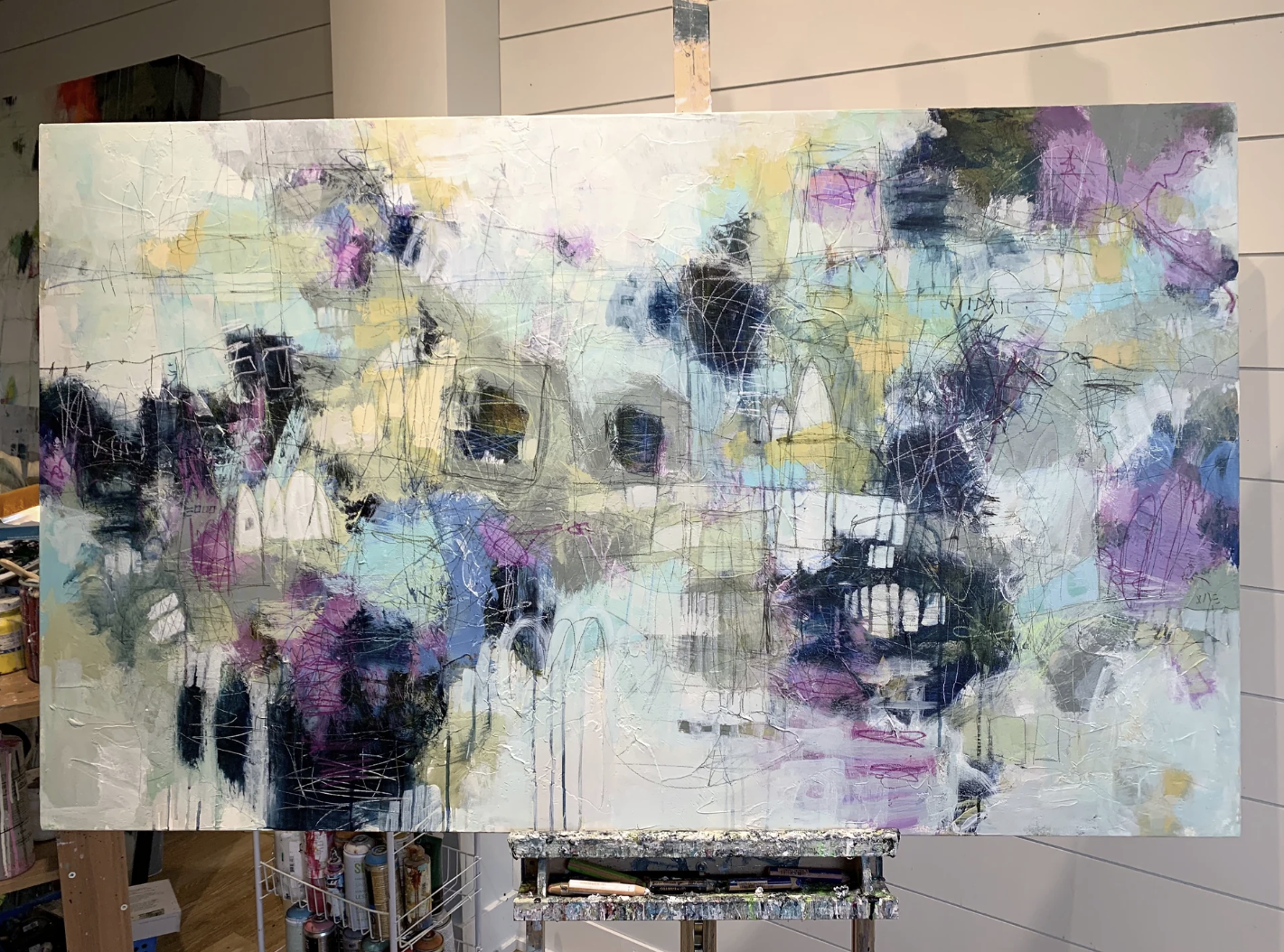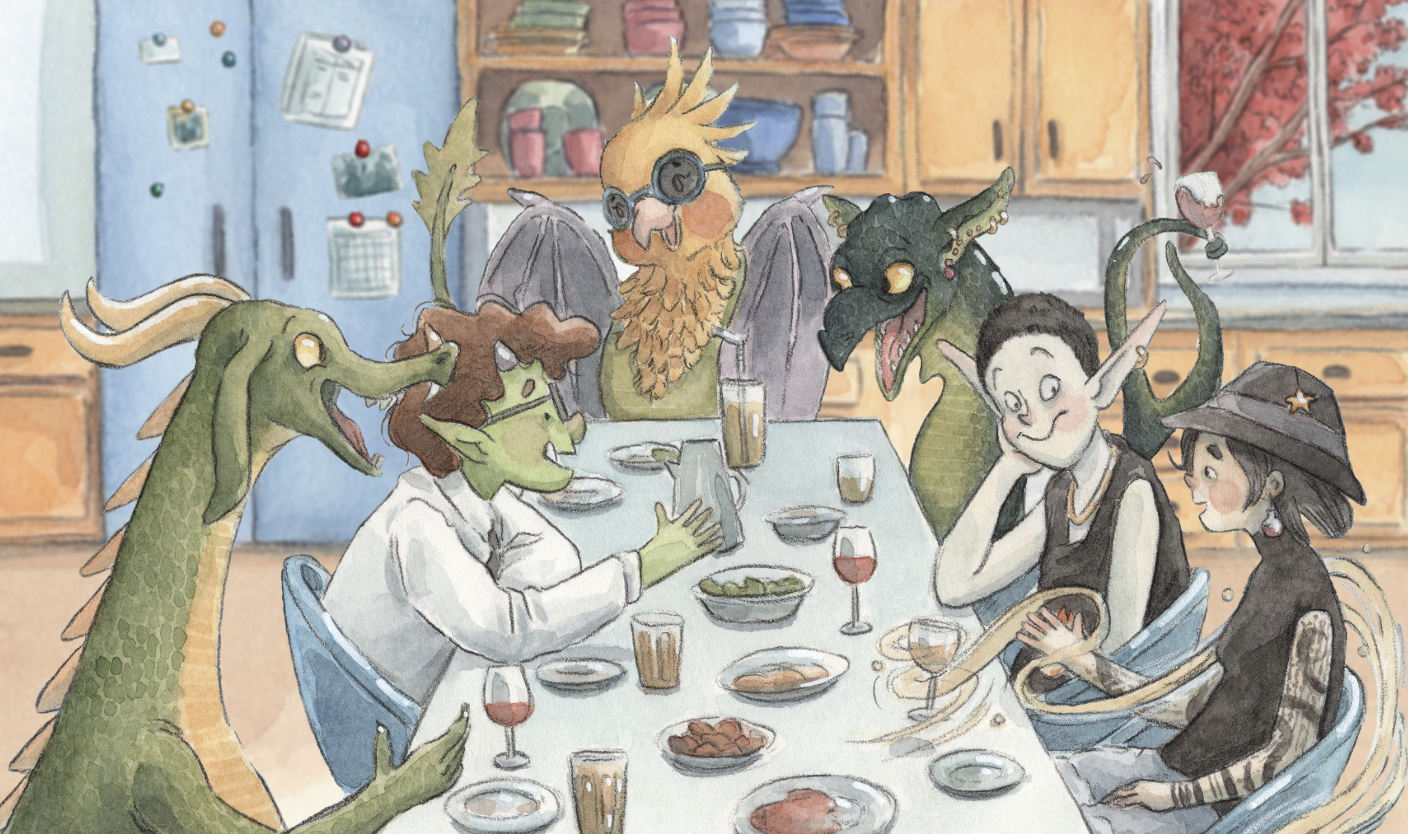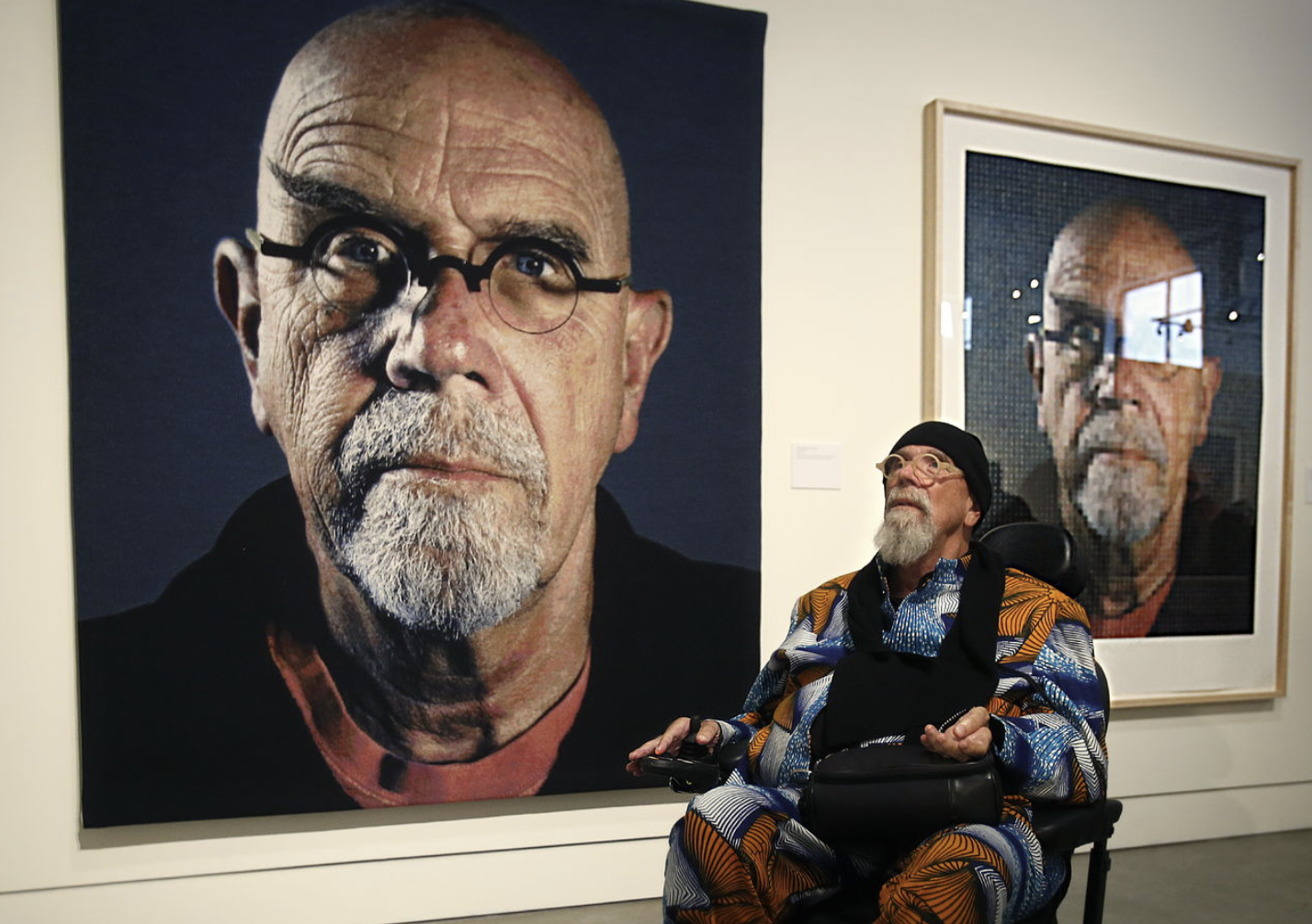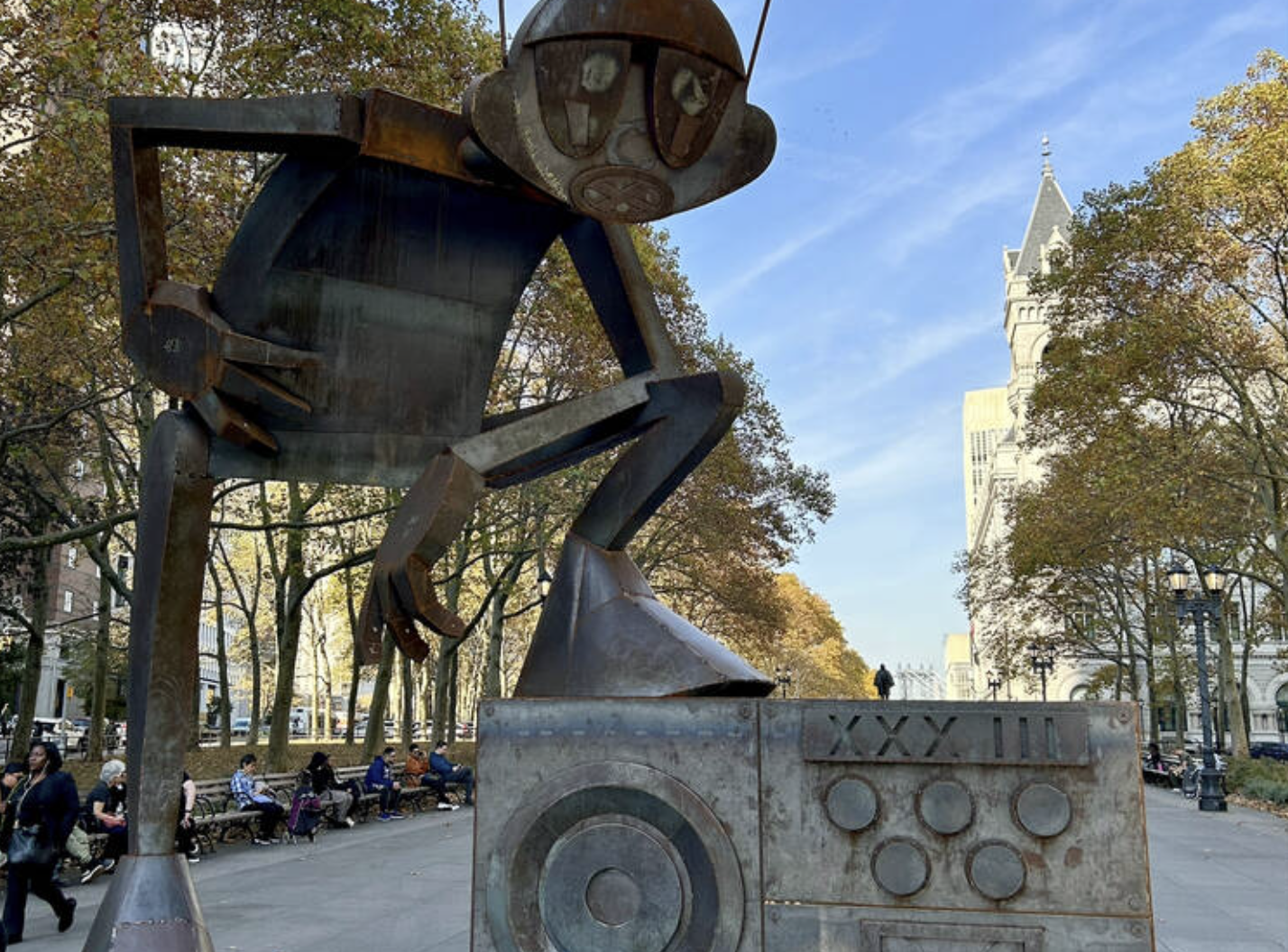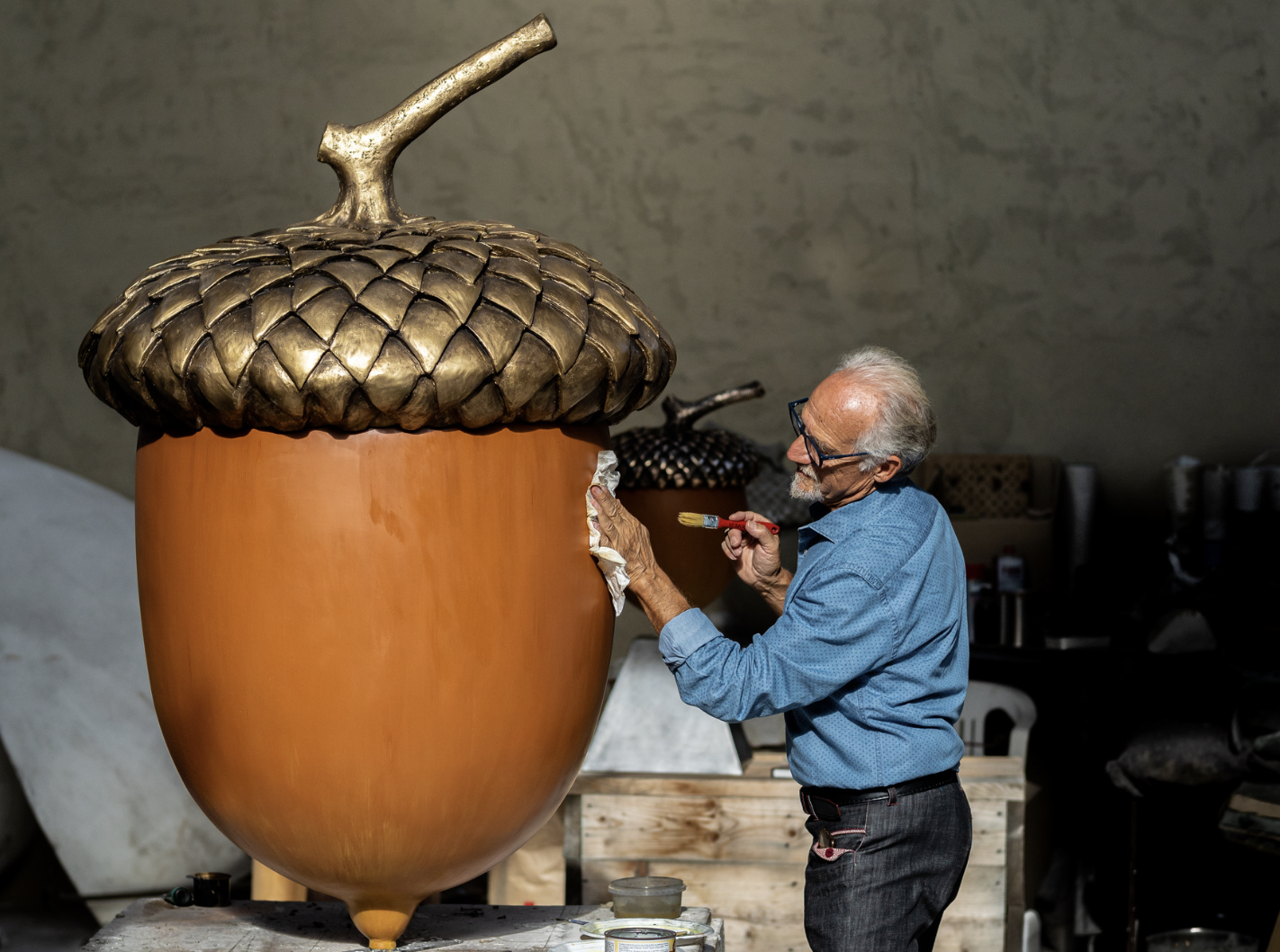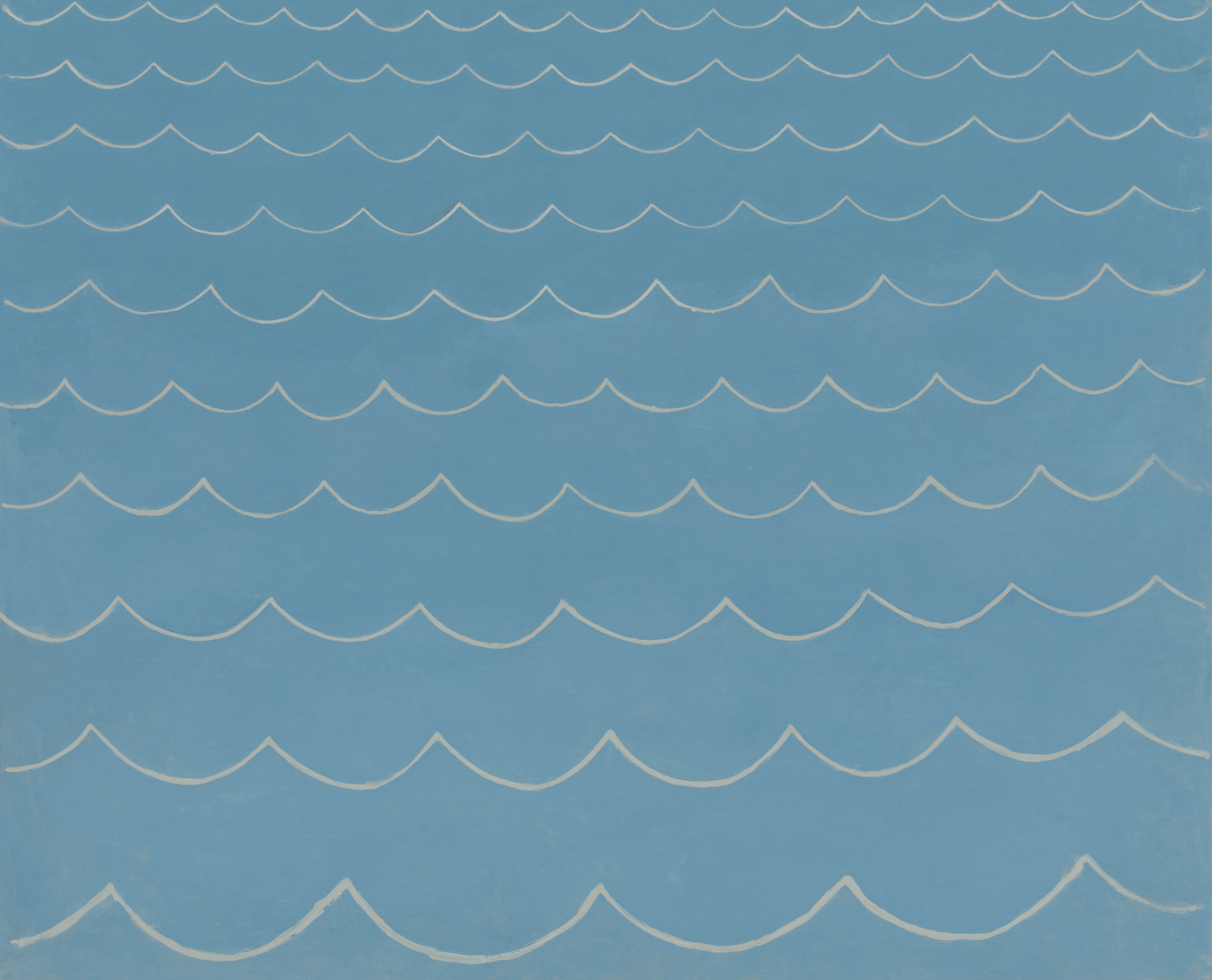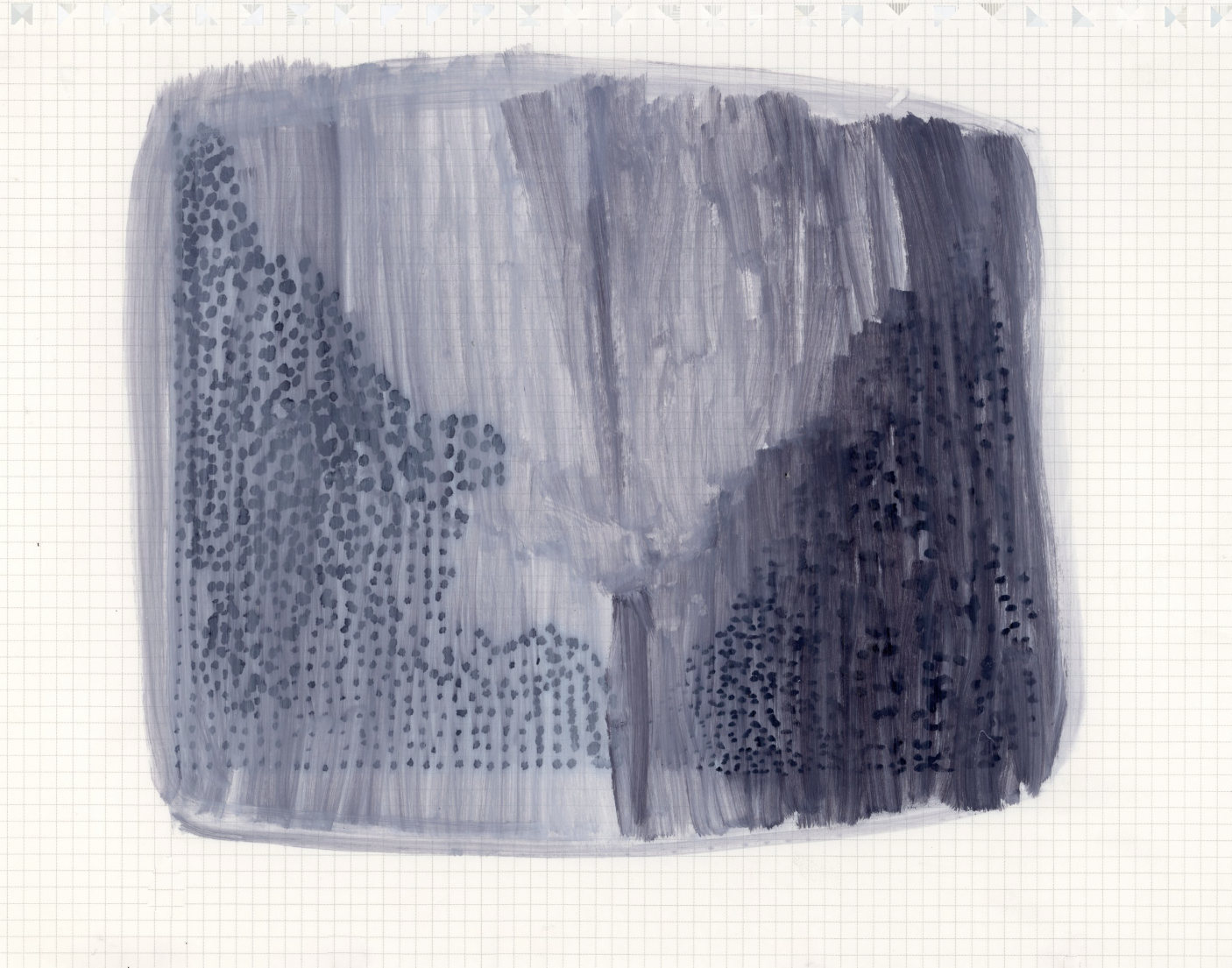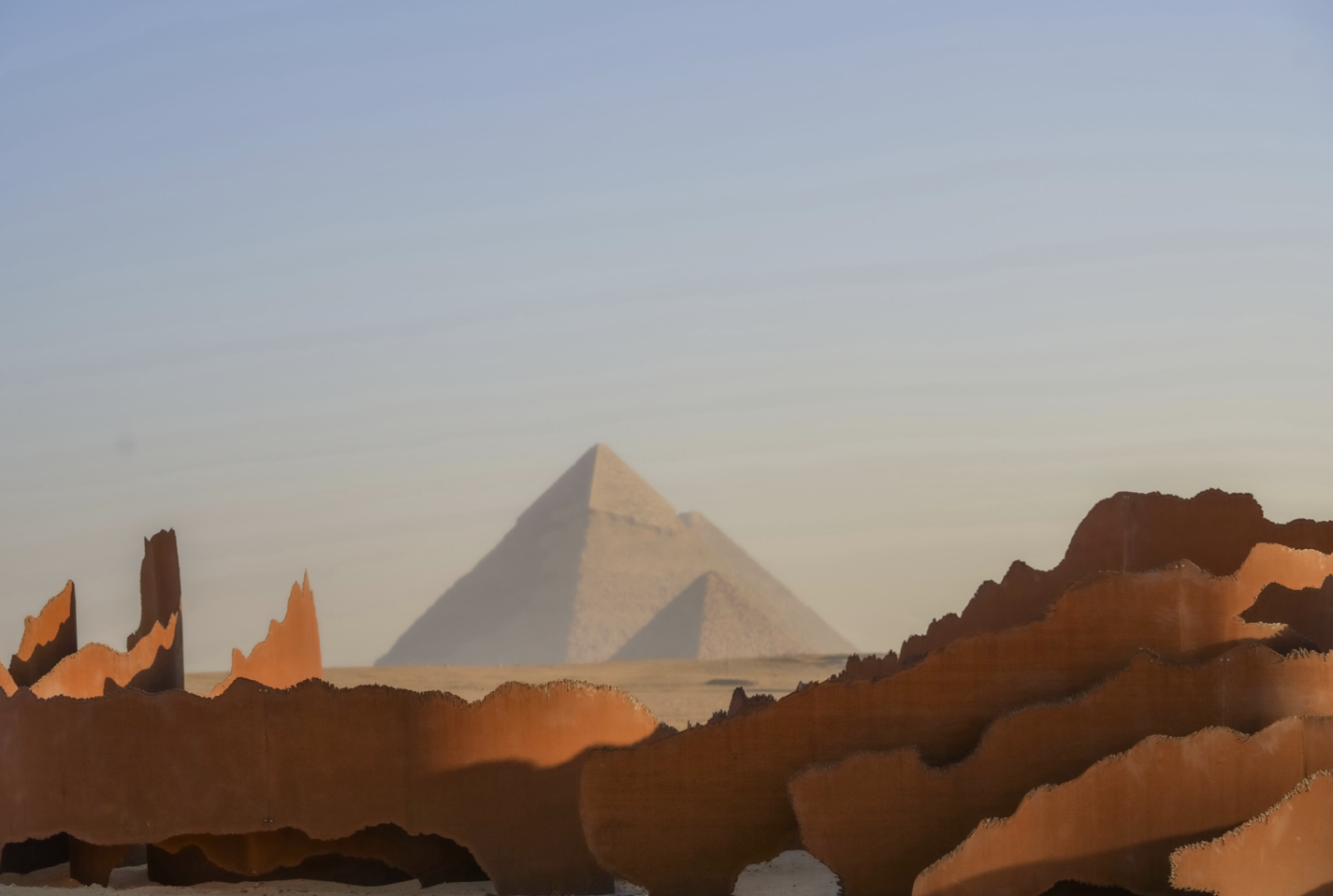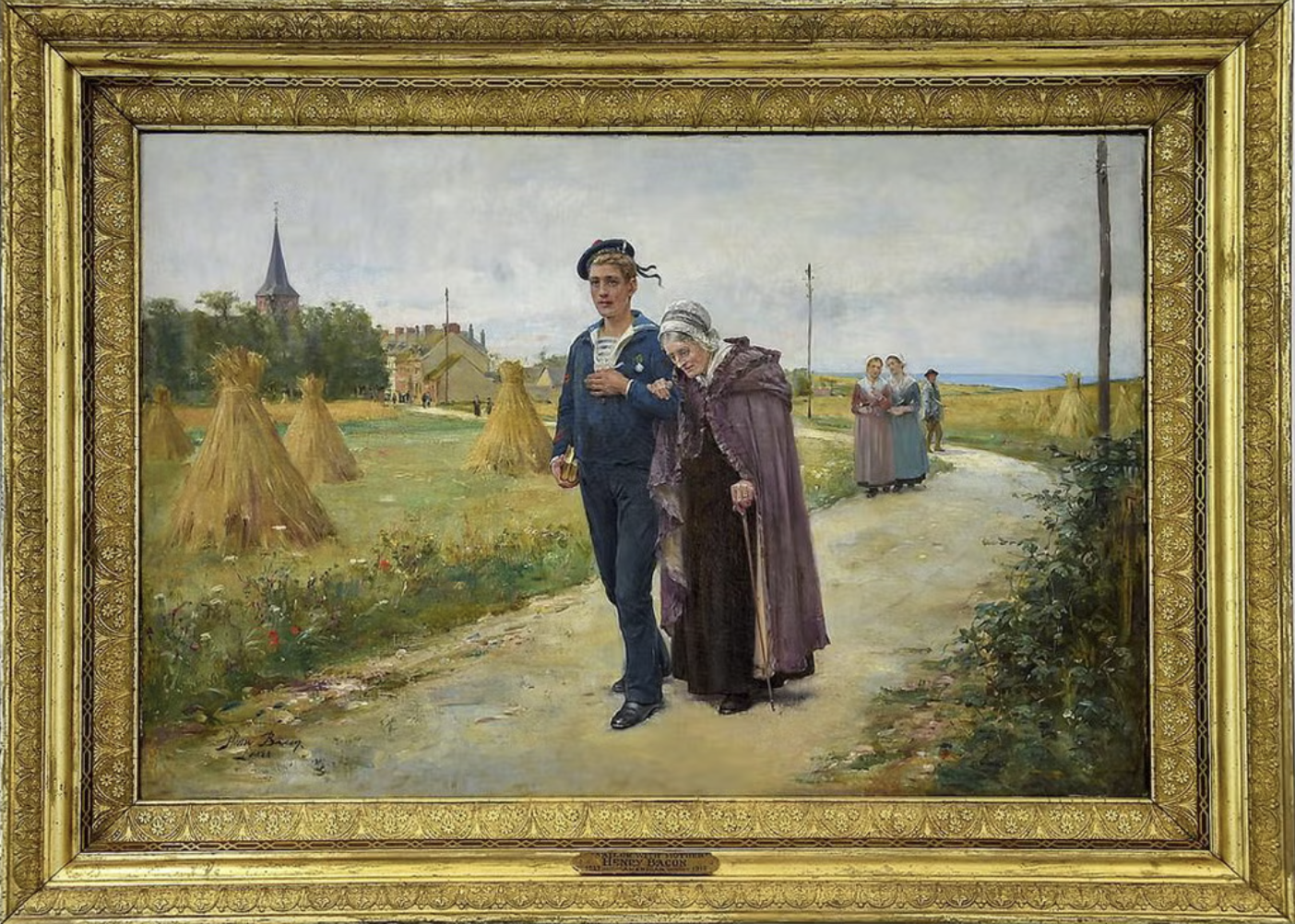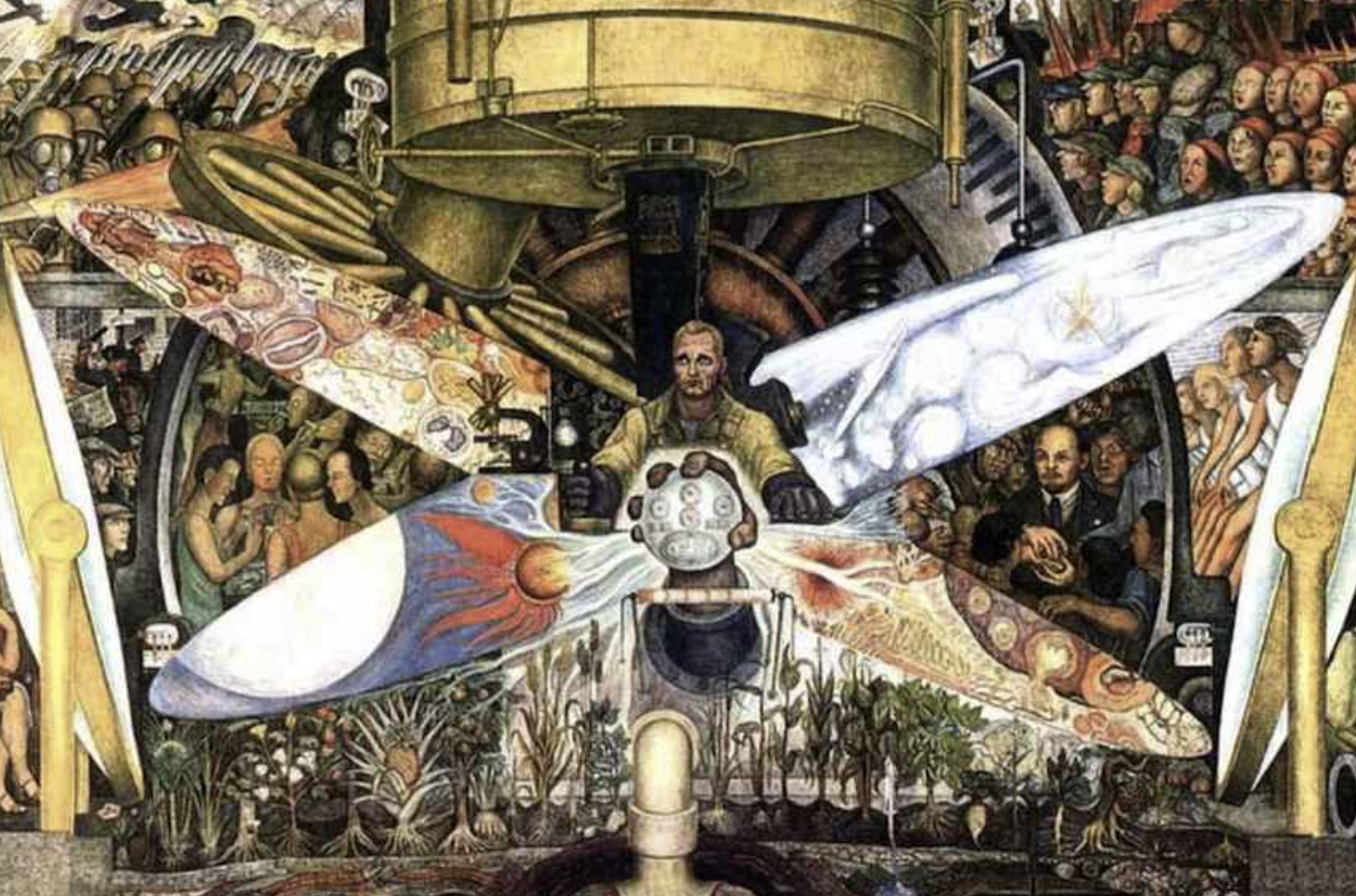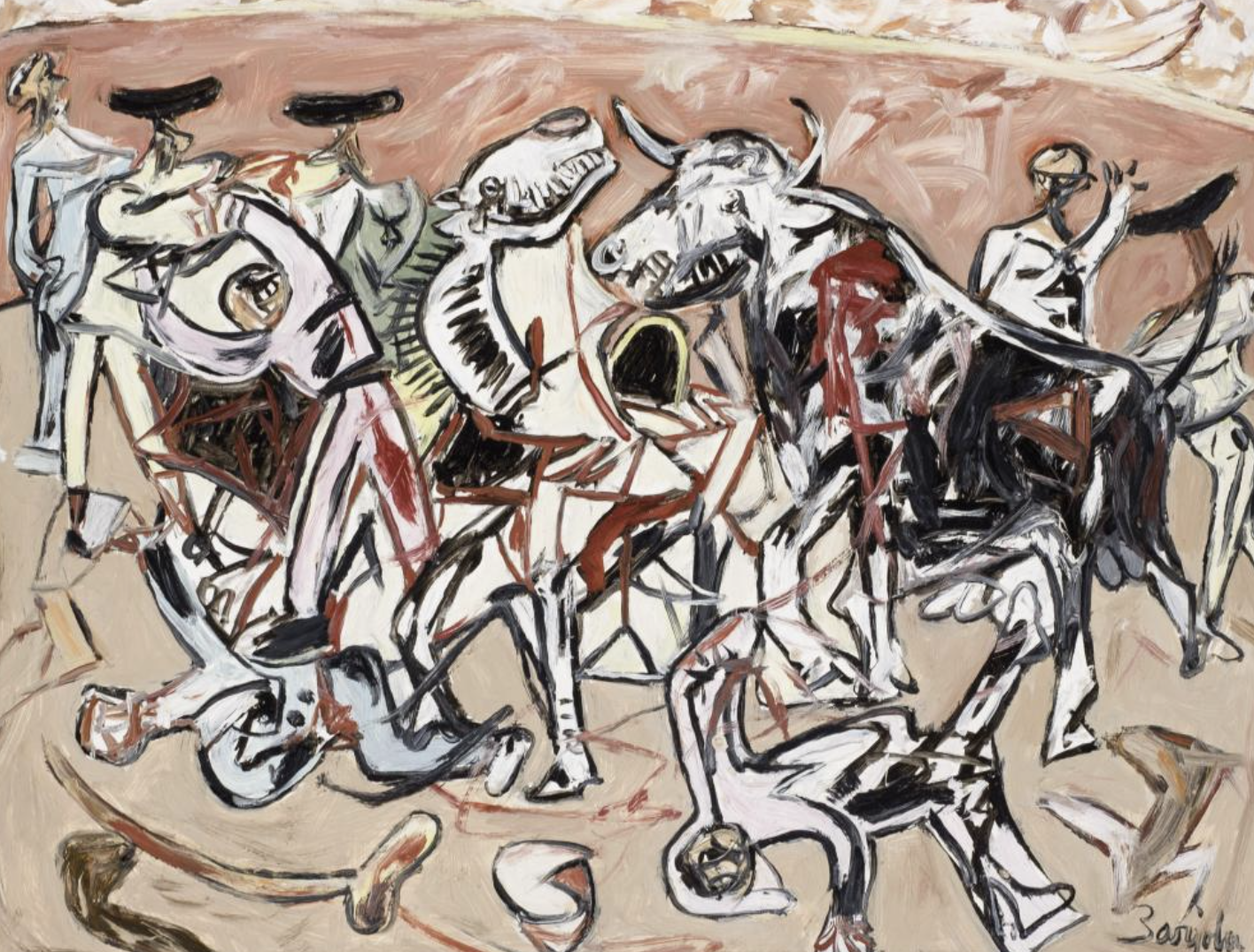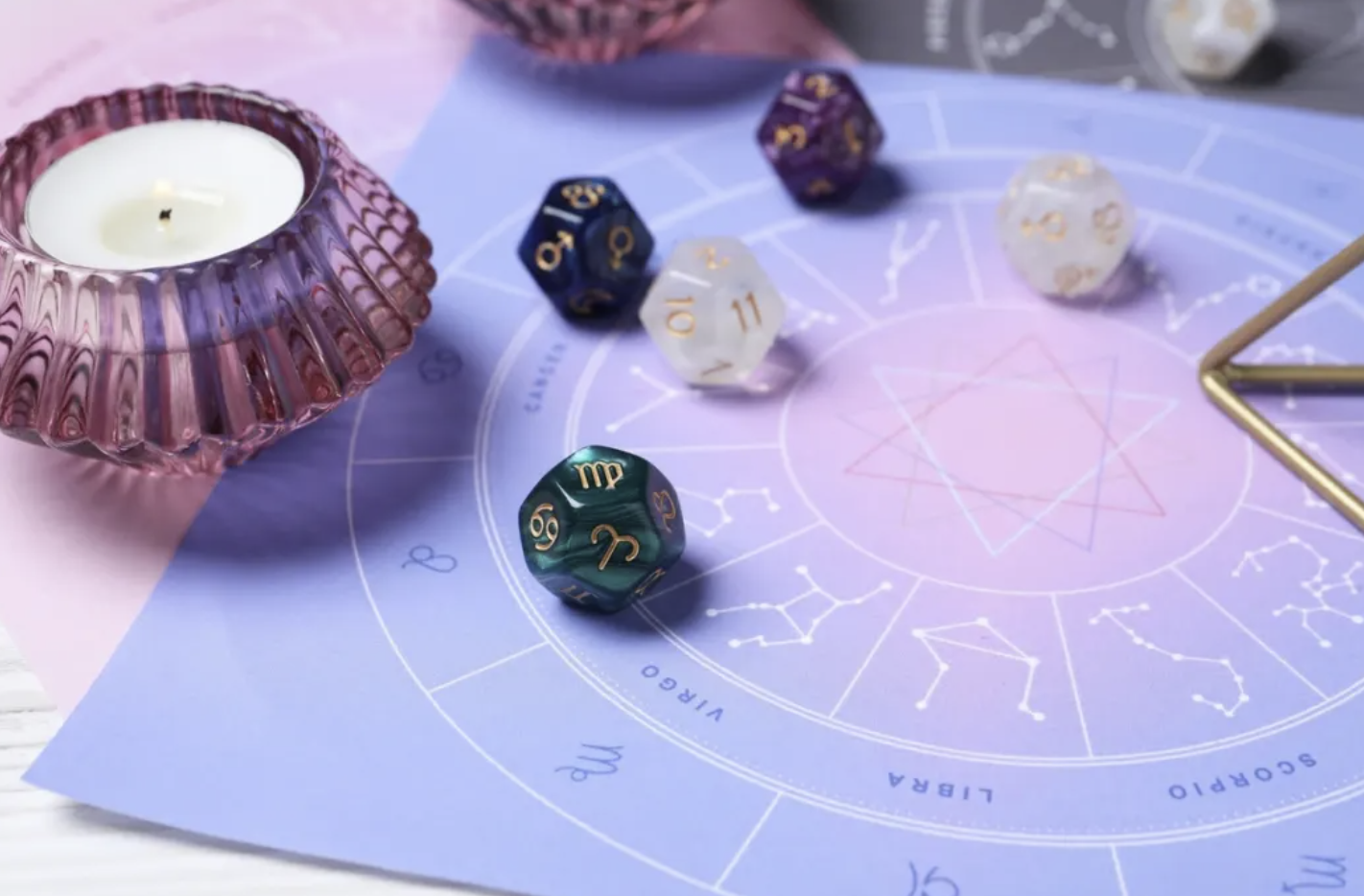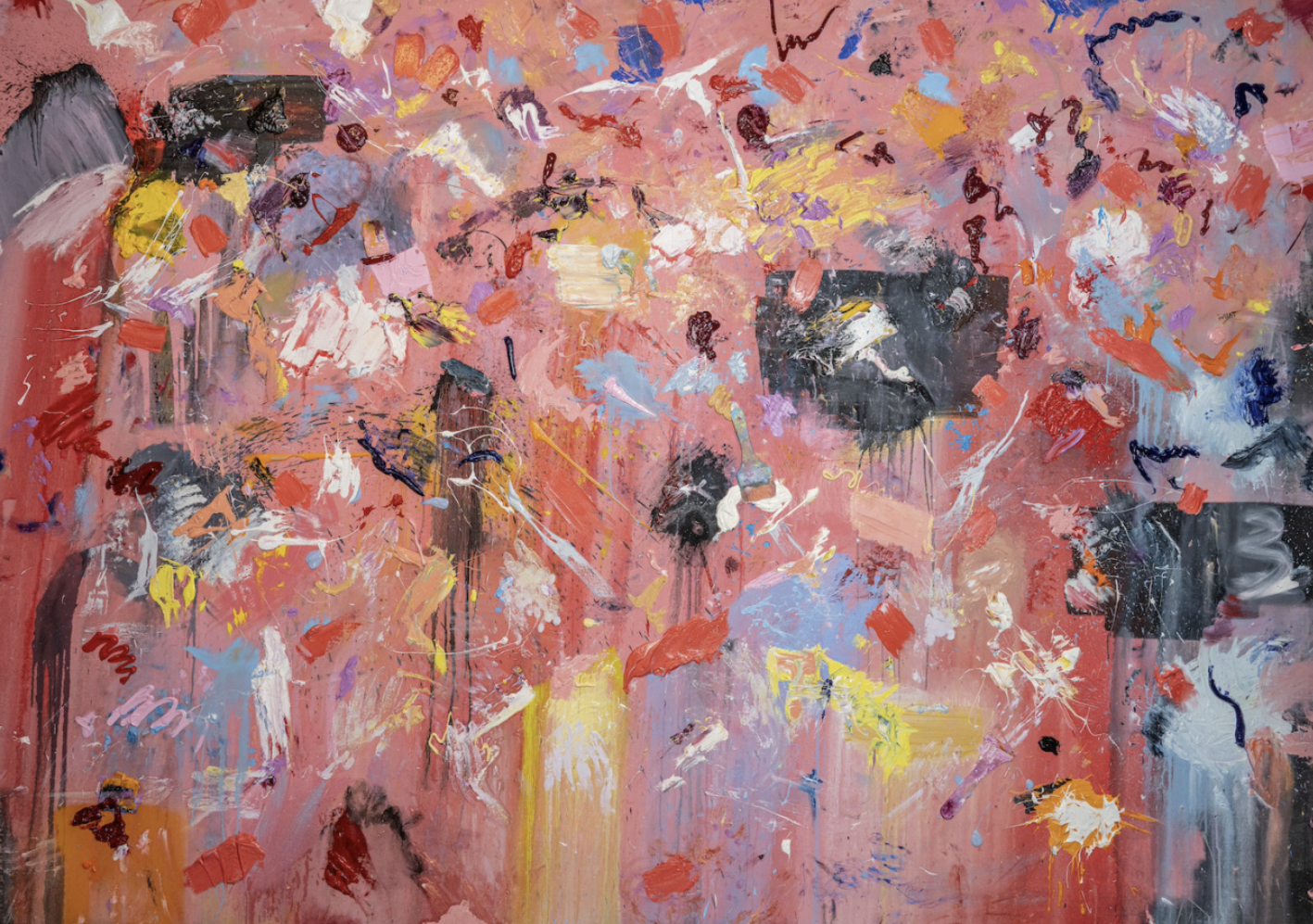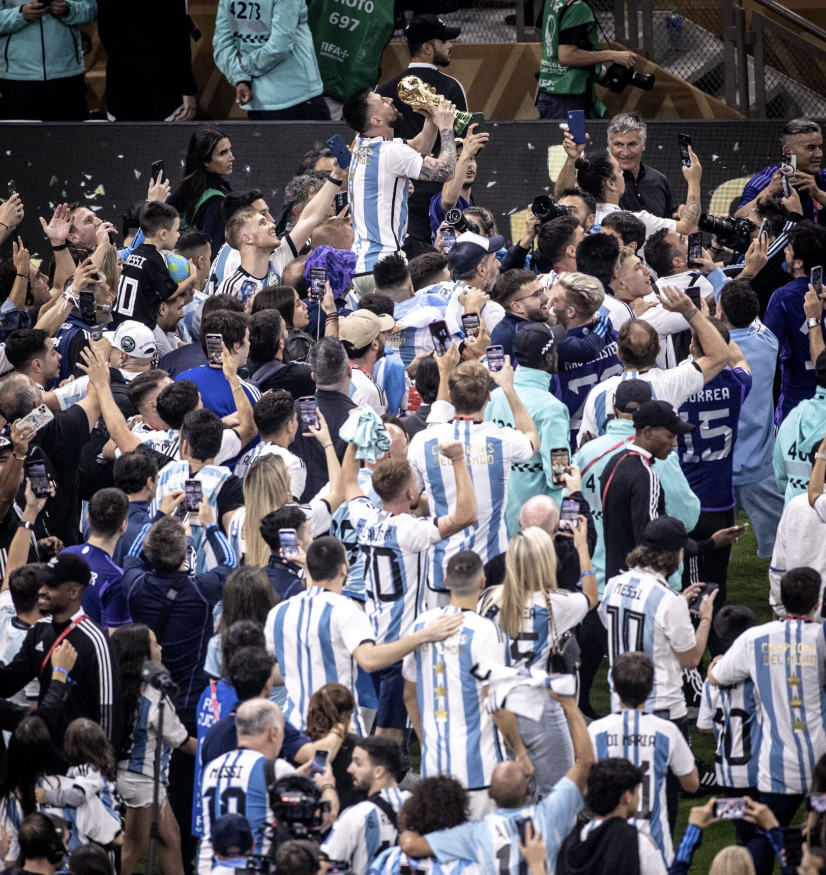
On December 18th, 2022, Argentina, my homeland, triumphed in the FIFA World Cup in Qatar, defeating France, where I currently reside. That final match was nothing short of legendary, a true spectacle that captivated the world. Two months later, I find myself still reflecting on the significance of that victory. As time passes, I realize more than ever how football—whether it’s called fútbol, soccer, or calcio—is akin to the practice of art. At its highest level, the game becomes a collective act where individual talent and team dynamics combine, where every movement, every gesture leaves an imprint, and where a single moment can alter the course of history.
The World Cup stands as football’s most prestigious and eagerly anticipated event. That final had every element of drama, creating a story fit for the big screen. There was Lionel Messi, the 35-year-old tactical genius, carrying the weight of his legacy and the memory of Maradona into what was likely his last World Cup. On the opposing side, there was Kylian Mbappé, the 24-year-old French prodigy, already making waves in the football world with his speed and strength, the reigning champion of the previous World Cup.
After the excitement of the final slowly subsided, my thoughts turned to philosophy, particularly Kantian theory. I began to think about the concept of “Kantian power”—the idea that an artist, without consciously intending it, creates something that moves beyond their original vision, offering the viewer a chance to interpret the work in new and unexpected ways. Football, in its most inclusive form, operates in much the same way, positioning itself as an ethical practice where both players and spectators are active participants, contributing to a shared, unified experience.
Each footballer, much like an artist, enters the game with a vision, yet the final outcome remains fluid, shaped by the unpredictable dynamics of play. Messi, for example, moves on the field like a seasoned artist, almost like a chess master, anticipating the flow of the game and making decisions two steps ahead. He passes the ball through a narrow window, creating an opening for his teammates to exploit, or sends a perfect pass to the wing, where a player seamlessly receives it, never breaking stride, and finishes the attack that Messi has set up. This is the beauty of football—every pass, every touch, every goal is part of an unfolding artistic process.
In a way, this is much like a painter’s process: the artist begins with an idea, but the final form of the work only reveals itself through the act of creation. It’s a delicate balance between calculation and intuition, rigor and spontaneity, where the artist—like a player on the pitch—must stay connected to the moment, responding to the medium and the environment around them.
The football pitch, like an artist’s studio, is a space for experimentation. While the game follows rules and strategies, it is still a realm for freedom and transformation. In this space, players express raw emotion: they dance, sing, embrace, cry, and celebrate in ways that transcend the sport itself. Much like the artist’s struggle in the studio, the intense confrontation between two teams opens up the potential for something spiritual to emerge, something beyond the physical contest.
Spectators, too, contribute to this collective experience. Whether in the stands or watching from a screen, fans send waves of energy and emotion to the players, creating a shared consciousness that binds everyone together. The chants, the banners, the ritualistic behaviors—all these elements evoke a sense of deep, communal connection, reminiscent of ancient ceremonies. The energy is palpable, leaving everyone involved—players and fans alike—emotionally, physically, and spiritually drained.
Perhaps what is most profound about a World Cup match is its ability to become a shared memory, one that connects millions of people across the globe. What other events can boast such a widespread, joyful experience? It’s no wonder that Walter Benjamin once said that beauty lies not in the object itself, but in the remnant of a past experience. The sport of football, in all its grandeur, serves as a reminder of the beauty that can arise from collective human experience.
I am reminded of a story told by art dealer Arne Glimcher, who visited painter Agnes Martin with his granddaughter. Martin took a rose from a vase, hid it behind her back, and asked the child if the rose was still beautiful. When the child affirmed it, Martin replied, “You see, Isobel, beauty is in your mind, not in the rose.” This sentiment echoes through my own experience with football. The beauty of the game, like the beauty of art, resides in the way we experience it collectively.
As I continue to discuss the final match with friends, taxi drivers, and strangers in cafés, it becomes clearer to me that the true beauty of the World Cup—and of football in general—exists not in the game itself but in the shared experience of it. In my own studio, surrounded by paint and brushes, I can’t help but think of the artistry of those players on the field. Perhaps a single brushstroke or the choice of a color can capture that same joy and freedom they embody, a moment of collective expression, where body, intention, and spirit come together as one.



